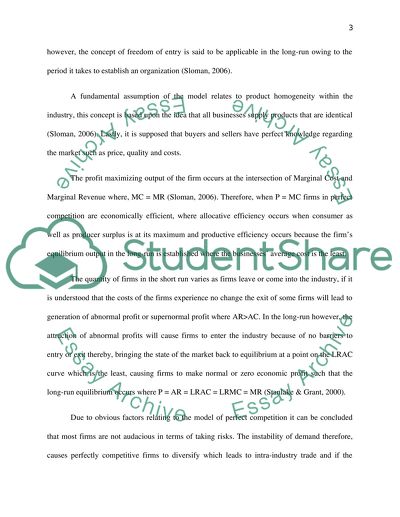Cite this document
(“Market Structure Research Paper Example | Topics and Well Written Essays - 2250 words”, n.d.)
Retrieved from https://studentshare.org/macro-microeconomics/1473874-market-structure
Retrieved from https://studentshare.org/macro-microeconomics/1473874-market-structure
(Market Structure Research Paper Example | Topics and Well Written Essays - 2250 Words)
https://studentshare.org/macro-microeconomics/1473874-market-structure.
https://studentshare.org/macro-microeconomics/1473874-market-structure.
“Market Structure Research Paper Example | Topics and Well Written Essays - 2250 Words”, n.d. https://studentshare.org/macro-microeconomics/1473874-market-structure.


